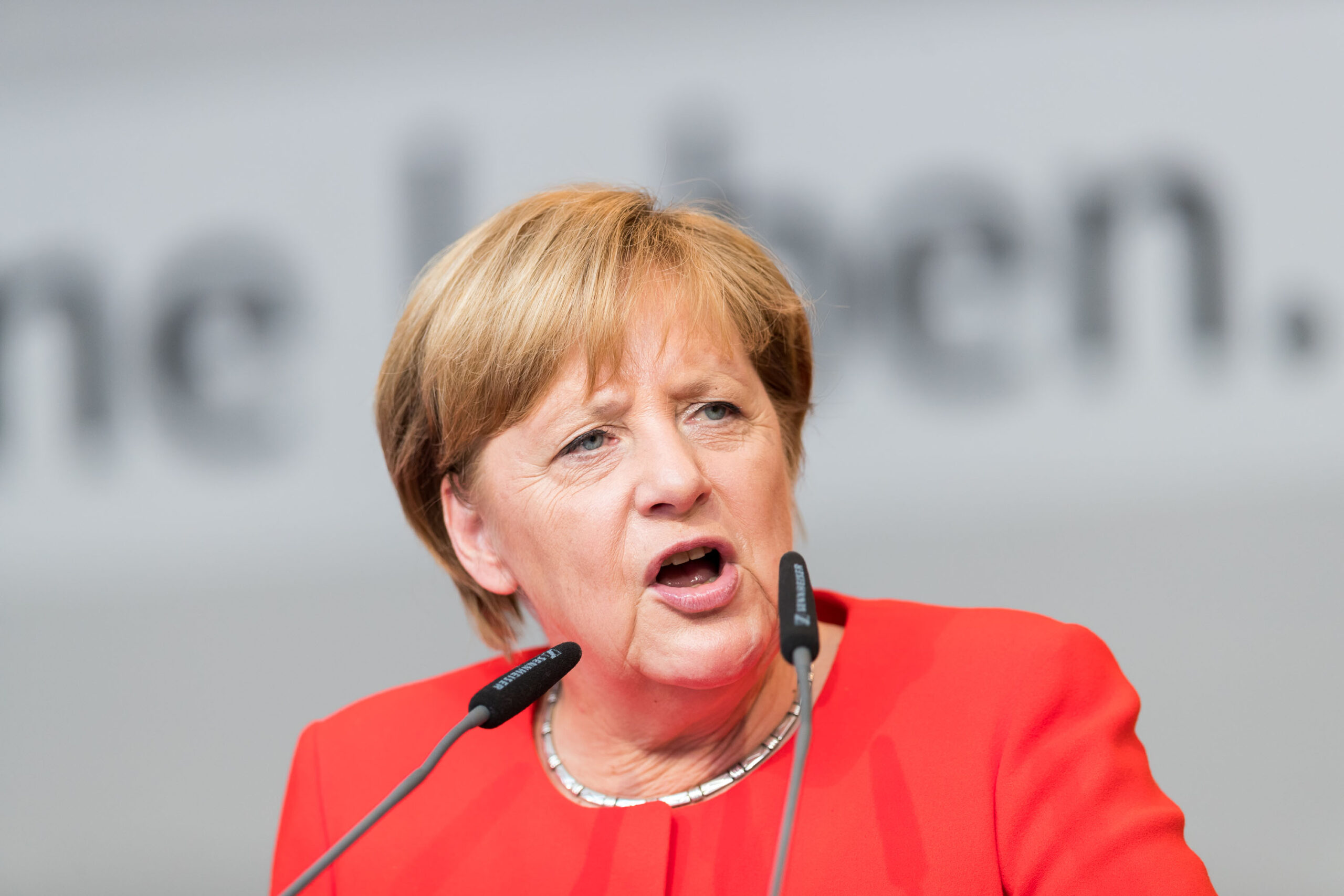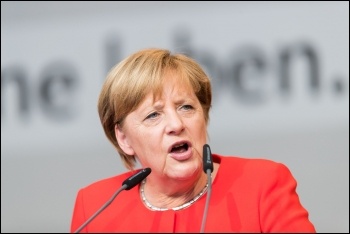Far right makes gains in Germany
- Left must urgently build credible and militant alternative
Tom Hoffman, Sozialistische Organsition Solidarität (CWI, Germany), Berlin
The 1 September state elections in the eastern German states of Brandenburg and Saxony saw a continuation of the decline of Social Democrats (SPD) and Christian Democrats (Angela Merkel’s CDU), currently Germany’s ruling parties. The losses for Die Linke (Left party) were massive. Its share was almost halved (18.9% to 10.4% in Saxony, 18.6% to 10.7% in Brandenburg).
However, the far right AfD (Alliance for Germany) maintained the high level of support it won in both the 2017 general election and last May’s European elections.
In both states the AfD is now the second biggest party with 27.8% (+18.1%) in Saxony and 23.7% (+11.5%) in Brandenburg.
In contrast the CDU and SPD – who nationally, since March 2018, have been in a governing “Grand Coalition” – both achieved their worst ever results. In Saxony, the SPD achieved its worst result in its history with just 7.6%.
Increased turnout
Voter turnout in both elections increased significantly (up 17.5% in Saxony and 13.4% in Brandenburg). The AfD was able to win support from previous non-voters. At the same time, a larger number of people took part in the election in order to prevent the AfD from winning. Thus, the freefall of the CDU in Saxony and the SPD in Brandenburg was cushioned.
However, in Saxony one-in-three voters and in Brandenburg almost 40% of those eligible to vote, abstained. The proportion of people who do not feel represented by any party – not even by the AfD posing as a protest party – is still the largest. This is where the decisive potential lies for Die Linke to mobilise voters.
AfD’s breeding ground
The social breeding ground on which the AfD could thrive must also be a starting point for left-wing and socialist ideas. 30 years after the restoration of capitalism and the sale of East German industry to West German corporations, there is a lack of future prospects, good jobs and infrastructure, especially in rural regions.
Against this background, it is no wonder that the AfD can act as an opposition to the establishment here – especially if there is no authentic offer from the left. The AfD can also channel the fears of, and agitate against, migrants. The capitalist parties and the media have been spreading these fears for years.
Left alternative
In order to stop the right, a credible and militant alternative from the left is needed, one that takes on the banks and corporations and their political representatives and at the same time draws a clear line against division and racism.
No moral appeals against the AfD help combat its rise, only the common fight of all workers and socially disadvantaged for social improvements. Combining the struggle against racism in society with the struggle for higher wages and low rents, for example, is above all the task of the trade unions.
Since German reunification, in Brandenburg and Saxony, Die Linke has unfortunately completely failed to organise such struggles and, as a party claiming to be socialist, to do justice to them.
The strategy of the east German Die Linke leadership – that social improvements can be negotiated with pro-capitalist parties such as the SPD and the Greens – has failed; Die Linke’s Brandenburg vote was around 135,500 compared with 400,700 ten years ago.
Instead of aiming to become a ‘second SPD’ and trying to work the capitalist system, what is needed is a militant socialist party that is the voice of wage earners and the socially disadvantaged, but at the same time does not compromise its anti-racist principles.









